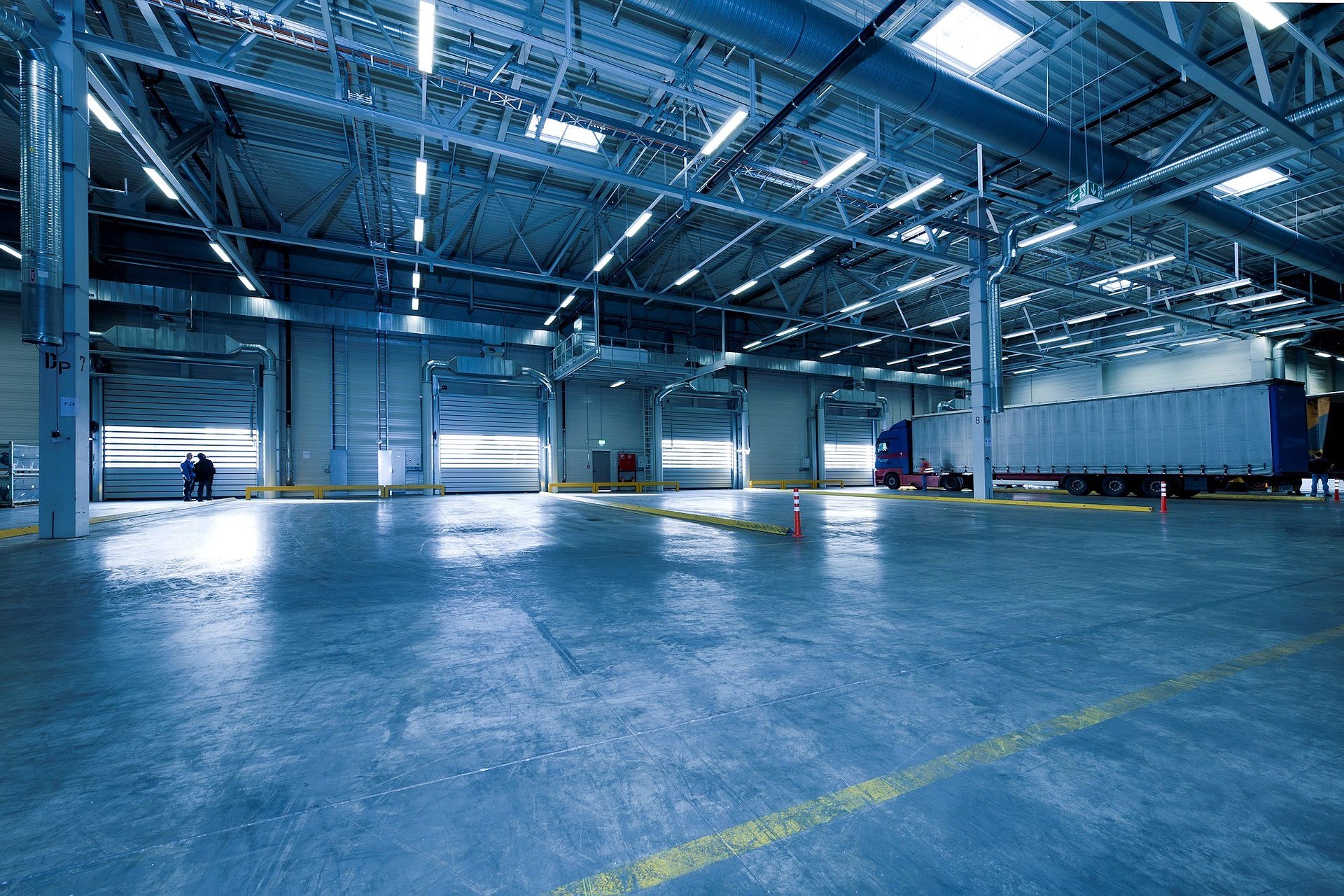
The past year has shown that it’s more important than ever for companies to be nimble — positioned to pivot quickly in order to adjust to fast-changing market conditions and seize new opportunities. And that, in turn, takes some financial flexibility.
For many firms, declining sales, unplanned expenses, and high uncertainty wreaked havoc on cash flow. Major disruptions to global supply chains didn’t help. But for manufacturing, warehousing, and logistics companies and related businesses, these challenges brought opportunities as well. Millions of Americans sheltering at home and shopping online boosted business and opened avenues for growth for these companies.
One way for firms to raise the capital needed in order to expand into new ventures is to tap into the value of fixed assets with an arrangement called a sale-leaseback. An increasingly common alternative to traditional financing, sale-leasebacks offer many solid benefits for business owners and for investors as well.
In these deals, a company sells its building, land, or other high-cost fixed asset, and then leases the asset back again. The seller gains a lump-sum infusion of capital to grow their business, pay down debt, or return cash to investors, and continues to operate without interruption in the facilities as tenant. The costs that the lessee retains, such as taxes and maintenance, are often tax-deductible expenses.
On the other side of the deal, the buyer gains a cash-generating investment property with a long-term tenant in place and steady rental income for the term of the agreement.
Typically, the leases are long-term—at least 10 to 15 years, but they can run as long as 40 years. These deals often use triple-net leases, where the seller-tenant continues to pay for insurance, taxes, maintenance, and other expenses.
Property-rich firms in manufacturing, storage, warehousing and related sectors are well positioned to take advantage of this financing strategy. It’s especially useful for those that have built up strong equity in their property and want to unlock that equity for other uses.
At ZEL Capital Partners, we regularly guide businesses through the sale-leaseback process to free up the value in their commercial property. We work with hotels, restaurants, medical offices, manufacturing companies, and businesses in the third-party logistics, cold storage, and automated warehousing sectors. We also advise investors looking to acquire quality commercial investment property with an attractive return and little risk.
Benefits for businesses
For companies with buildings or high-cost fixed assets to sell, potential benefits of a sale-leaseback include:
- Access to liquid capital: The seller receives the purchase price—often 100 percent of fair market value—upfront. This may bring in a large, interest-free infusion of cash.
- Greater flexibility: Sale-leasebacks provide the parties with more room to structure an arrangement that meets circumstances and needs than is often possible with traditional financing.
- Lower costs and less uncertainty: The seller-tenant locks in lease terms, so long-term costs are clear. They usually don’t face balloon payments, appraisal fees, and other costs associated with traditional financing.
- Faster financing: Sale-leasebacks offer a fairly quick time frame for due diligence and closing.
- Tax benefits: Among several tax benefits that come with sale-leasebacks, lease payments are generally deductible. Other forms of financing may be subject to interest deductibility limitations.
- A healthier balance sheet: Sale-leasebacks increase current assets and generate cash that can pay off existing debt. They reduce liabilities by allowing companies to avoid taking on more debt.
- Control and focus: As tenants, businesses can focus on their core operations, rather than spending time and energy on issues related to property ownership. They remain in control of what they do best.
- Avoiding market volatility: By locking in lease rates, businesses avoid the risks of spikes and declines in property value.
- Continued access to other financing: Sale-leasebacks still allow the business to take out construction loans if needed; they may also serve as a potential source of Discounted Pay-Off (DPO) financing.
Benefits for real estate investors
Sale-leasebacks also offer many benefits for investors who purchase a property and lease it back to the original owner. For example:
- Steady income: The deal will bring in known monthly income for the life of the lease, potentially yielding returns above market rates, with little risk.
- A ready-made, reliable tenant: The seller is motivated to make the most of their current facilities and is likely to remain there. Buyers benefit from keeping experienced business owners and managers in place, so the business is likely to continue to perform well.
- Reduced real estate volatility: Lease rates are generally based on the property’s fair market value at the time of sale, so if the property value declines in the future, the buyer-landlord is protected from the decline. On the other hand, if the property value rises the landlord will not be able to capture that through increased rent until it’s time to renegotiate the lease.
- Minimized risk and responsibility: Sale-leaseback agreements often use a triple-net lease, which places most of the financial responsibility of owning and maintaining the property on the seller-tenant.
- Tax benefits: Buyers can take advantage of investment tax credits, depreciation deductions, and interest on the loan if the property purchase is financed. This helps offset some of the gains from rental income.
All these benefits make sale-leasebacks a promising option for both companies seeking capital for reinvestment and growth, and for investors seeking steady returns. However, as with any long-term deal, market conditions change over time, and that always presents some possible risk. Here are a few points to keep in mind:
- Fixed rate risk: In sale-leasebacks, the seller-tenant usually agrees to pay a monthly rate based on the property’s fair market value at the time of sale. If the rental market softens or the value of the property declines for other reasons, the tenant may find themselves paying rates above current market rates.
- Lost appreciation: When tenants sell their property, they will no longer be able to benefit from growth in the property’s value, which now accrues to the new owner. Other financial benefits will usually make up for this.
- Underperforming business: For the buyer-landlord, there is a chance the business will not perform as well as it did before the transaction. Investors can reduce this risk by thoroughly assessing the business before entering the sale-leaseback.
There may be other potential downsides based on the unique circumstances of the seller and buyer and the specific structure of the deal. If you are a business owner or investor considering a sale-leaseback, working with an experienced advisor can help avoid such pitfalls.
ZEL Capital Partners has extensive experience guiding investors and businesses in the industrial sector and many others through the sale-leaseback process. Our team has collectively completed more than $5.5 billion of financing to help our clients achieve their goals. To learn more about this option, contact us today at https://zelcapitalpartners.com/contact-us/.
If you have any questions or broker referrals please contact us here.
Are you a business owner looking to unlock dormant equity in your real estate assets, or an investor seeking a low-risk, steady income stream?
We are here to speak!
jeffcohen@zelcapitalpartners.com
